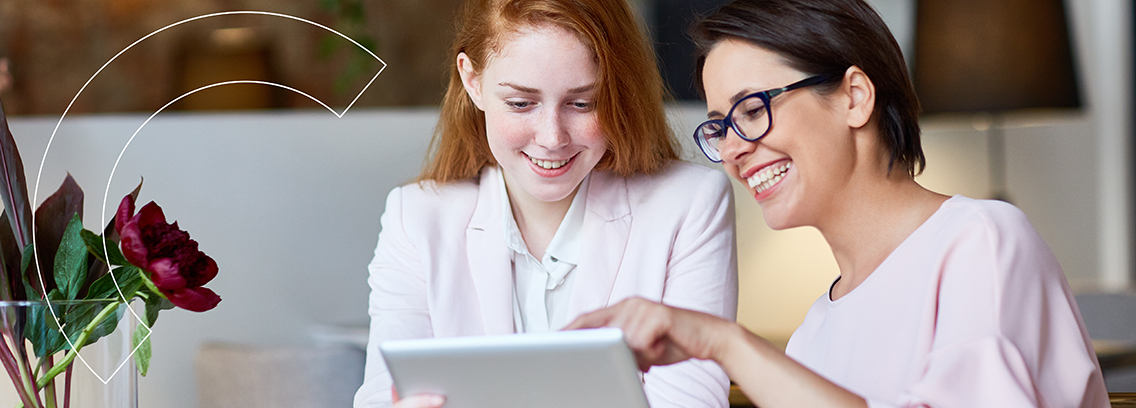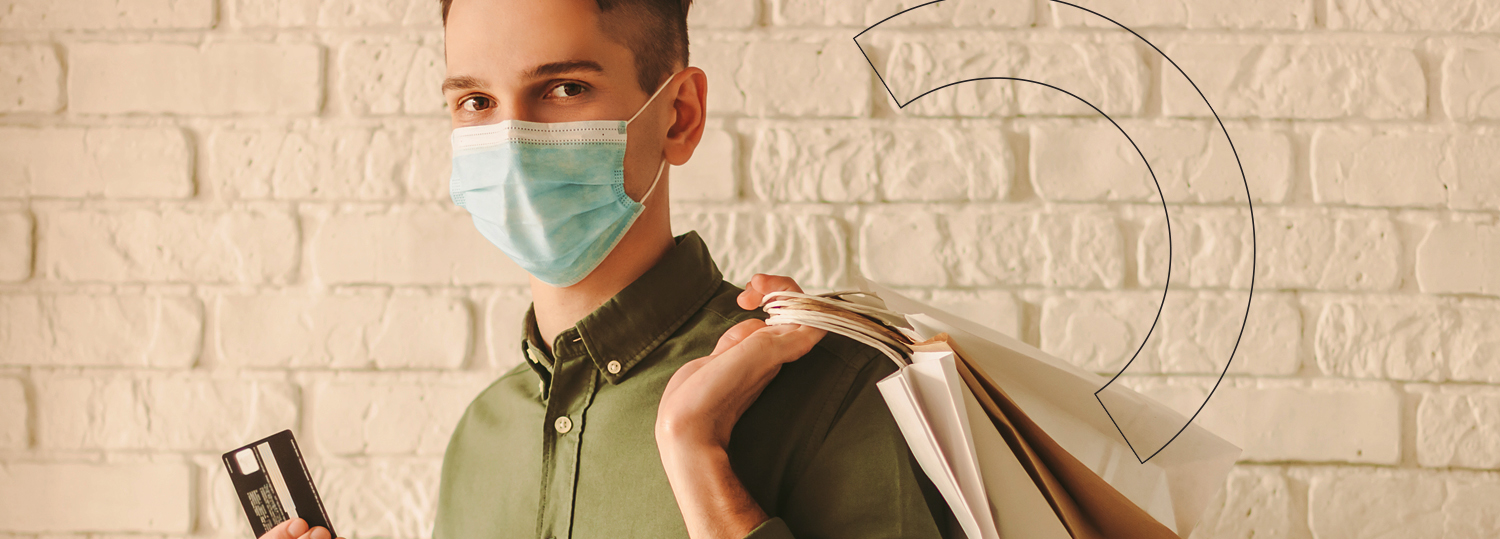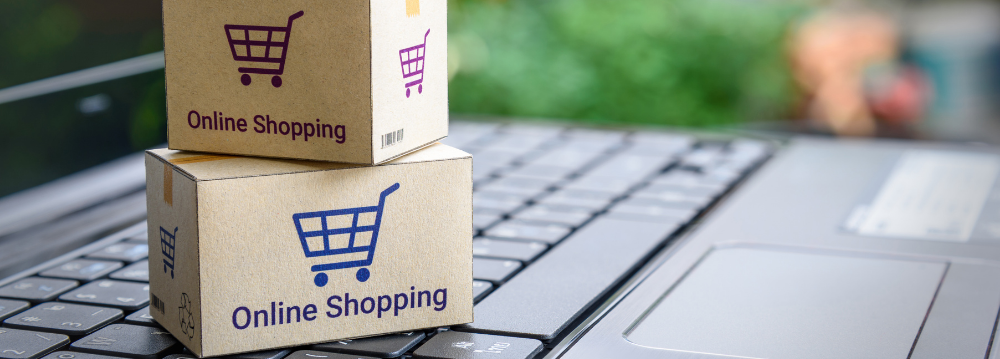It’s no surprise that last year, the Brazilian e-commerce revenue reached R$ 38.8 billion as the country is the most important e-commerce market in Latin America, with the largest share of the region’s market. However, what’s making a buzz all over the news is that it represents the most significant growth in the last 20 years.
No doubt, the formula {Internet access + smartphone penetration + e-businesses present on mobile apps and marketplaces} encouraged Brazilians to increase their online purchases. Also, government incentives and legislation spurred fintech and merchants to innovate. But what drove such growth was the shift in consumption habits and online behaviour due to the Coronavirus pandemic.
It’s more than fair to give the Brazilian consumers the starring role and find out who they are and their preferences.
Who are the Brazilian digital consumers?
By the end of 2020, Brazil had 105 million e-commerce users, meaning 49% of Brazil’s population shops online.
According to Webshoppers’ report, 40% were regular online buyers, while 38% were new customers. The report registered an increase in the heavy users’ rate, from 53% in 2019 to 58% in 2020, and that Brazilians are shopping online more frequently.
- E-shoppers general profile
So, who is shopping online these days, in Brazil? Let’s take a scoop:
- 51% female, 49% male
- 35% low household income, 31% middle household income, 34% high household income
- 21% age 18-24; 30% age 25-34; 25% age 35-44; 16% age 45-55; 7% age 55-64
Source: Statista
2.Online shopping preferences
Overall, Brazil saw its consumers increase their online purchases by 46.5% since the pandemic outbreak. Analysing the country’s e-commerce revenues by category, food and personal care profited the most from Covid-19, just as it happens worldwide. However, in the second quarter of 2020, automotive accessories, consumers electronics & consumables, and furniture & household goods sales increased, according to the Webshoppers’ report. Nevertheless, it doesn’t quite reflect the Brazilians online shopping preferences:
Preferred product categories
Clothing (81%) is at the top of the list, followed by electronics (79%), shoes (73%), food and drinks (68%), books, movies, music and games (66%), and household appliances (61%).
Devices and product search
76% of e-shoppers do their research, especially when planning a major purchase, such as consumer electronics, a product category mainly searched and purchased online. Concerning the devices used for search and shop online, definitely smartphone is THE device (77%), followed by laptop (53%), desktop pc (33%), and tablet (13%).
Apps usage
During the pandemic, the number of consumers who started using apps grew (72%):
- apps are allowing merchants and retailers to engage with and retain new customers
- the primary reasons for preferring apps to shop are convenient and safe home delivery, free shipping, and price (i.e., special offers, discounts)
Preferred payment methods
When it comes to payment options, Brazilians prefer to use credit cards (62%) and cash (18%) to pay for their online shopping. E-wallets (10%) and bank transfer (9%) are becoming more popular as new digital finance solutions emerge, such as PIX and PagSeguro.
Altogether, the data points out the Brazilian’s consumer trend for online shopping, widening the range of product categories (i.e., groceries), and quickly adopting alternative, simple payment methods. As consumers become more familiar with online shopping, their level of trust rises, creating the perfect moment to convey your business into e-commerce.
What to deepen the profile of Brazilian e-shoppers?
As an emergent market, there’s still a lot of room for e-commerce to grow in Brazil. Targeting a universe with more than 212 million potential new customers, the YPY growth rate of e-commerce sites keeps increasing (37.59% 2018-2019, 40.70% 2019-2020), and e-commerce sites are becoming more secure (88.43%) and responsive (24.20% in 2017, 81.96% in 2020) offering a better, suitable, and customised shopping experience.
To take advantage of this growth wave and seize the opportunity to expand your business, it’s imperative to understand the Brazilian consumer’s behaviour fully. Learn more about our the potential, the trends, and the challenges of selling digital goods in Brazil and how to expand your business in our exclusive guide:






